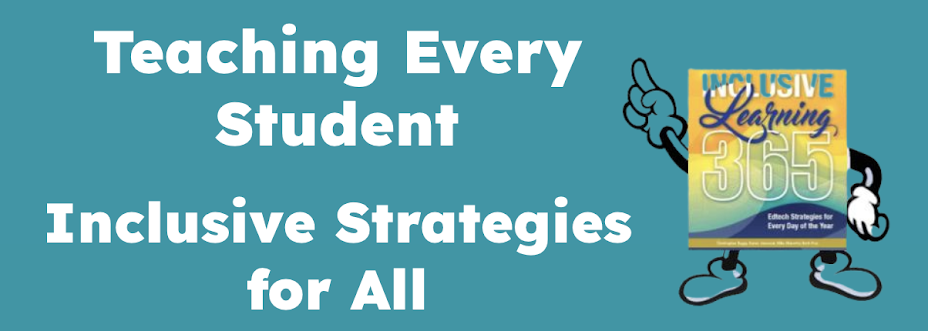Do you depend upon the student's who voluntarily raise their hands to answer your questions or participate in discussions? Or, do you recognize there are many reasons why a student will look the other way when you are looking to call on a student?
Why do students not willingly raise their hands?
There may be several reasons:
- They may need additional time to process the information you are requesting. And additional time to process their response. #processingspeed
- They may have anxiety about speaking in the classroom. #anxiety
- They may be afraid of embarrassing themselves if they say something that is "incorrect."#avoidhumiliationatallcosts
- They may have developed a fixed mindset which prevents them from feeling they have anything of value to contribute to the discussion. #mindset
- They may be afraid to look "too smart" in front of their peers. #peerinfluence
I may have missed a few, but these are typical reasons why students choose not to actively or voluntarily participate in class.
If we presume competence, we know that every student has something of value to contribute, and has beliefs, opinions and thoughts to share. So, what are the options? How can we ensure that all students have the opportunity to contribute?
We have choices:
- Promote a culture of acceptance, a classroom growth mindset, where all opinions are valued, encouraged and promoted. Students are acutely aware of your response which can be encouraging or demoralizing.
- For the slow processor, give them advance notice (a day ahead), so they have time to process your question(s) and their answer. This is critically important for students who use speech generating devices.
- Use tools such as Google Docs or Padlet where students can contribute asynchronously. You can have students use their names or contribute anonymously, or assign students numbers and you have the key. That way you are hearing from all students, regardless of the issues which prevent their class participation.
- Use resources such as Socrative or Nearpod which allow all students to participate using a variety of devices.
- Allow for alternative methods of expression to demonstrate learning, using multimedia.
- Work in small groups which can be less threatening to students who are concerned about whole class humiliation. Assign collaborative small group work so that the groups contribute to the class Google Doc or Padlet.
Presume competence. Promote acceptance and a growth mindset. Explore participation options. You will have a chance to hear from all your students.
Any additional ideas? Please add them in the comments section.
Image - http://www.ambergristoday.com/sites/default/files/imagecache/page_full/image/Guidance_Councelor_Class_Participation.jpg


1 comment:
Great idea about using Padlet! It can be difficult to get all students to share, but providing a digital format for students to contribute is always a plus. :)
Post a Comment